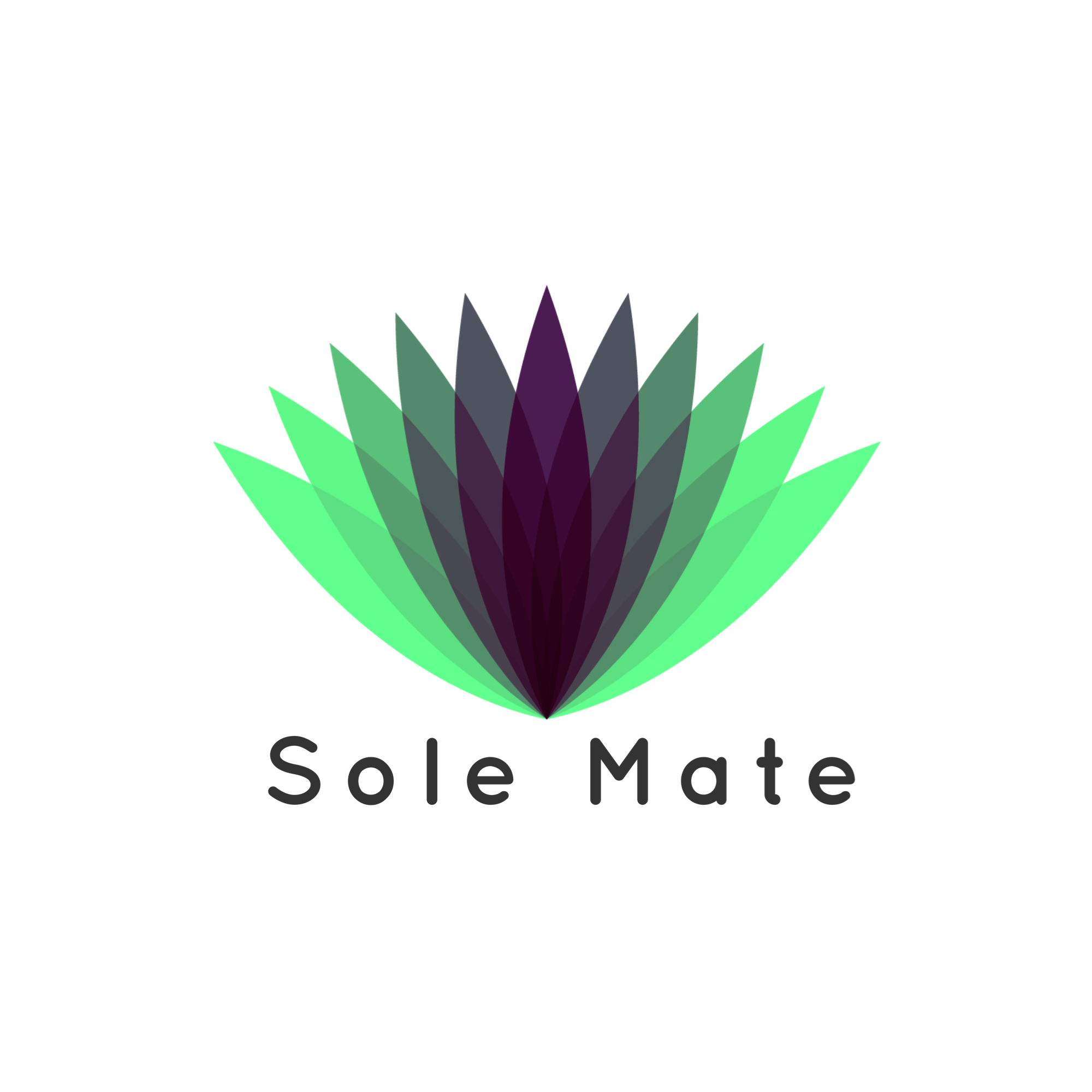Though they have many applications, automatic shoe covers are best suited for places that get a lot of foot traffic. This is especially true of medical facilities such as hospitals, outpatient clinics, scientific laboratories, and pharmaceutical testing facilities. Each of these facilities receives thousands of visitors each year, all while requiring a high degree of cleanliness.
Consider these statistics:
According to the Centers for Disease Control and Prevention, there were 125.7 million outpatient visits to hospitals around the United States in 2016. The Advocate Christ Medical Center, for example—one of the top hospitals in Illinois—takes in over 100,000 annual visits to its emergency center alone.
And the Mayo Clinic?
1.3 million people just this year.
What is a Medical Shoe Cover?
Simply put, a medical shoe cover is a piece of cloth or plastic that can be fitted over the bottom half of a shoe. Shoe covers have a variety of applications, including medical facilities.

Why Medical Shoe Covers Are Important
Patients, visitors, and employees of any medical facility have the potential to introduce and spread new pathogens.
Medical environments cannot afford this risk.
First and foremost, unclean shoes can spread infectious disease, pathogens, and particles quickly. This represents a threat to hospital patients and staff alike. It can also jeopardize testing environments and places of study.
As a result, the employment of proven methods for reducing disease transmission has become commonplace across the country.
This is why we see hand sanitizer at the door of every hospital room. It’s why registered nurses, doctors, and other medical professionals always wear latex gloves when first entering a patient’s room.
It’s why people moving through change rooms are required to put on blue booties.
The overall annual direct medical costs of HAI [healthcare-associated infections] to U.S. hospitals ranges from $28.4 to $33.8 billion – Center for Disease Control
This kind of cost adds to already immense operational costs in medical facilities. These rising costs inhibit a medical facility’s ability to operate normally and efficiently. Medical shoe covers, among other preventative wearables, enable medical facilities to prevent the spread of infection in a cost- and time-efficient way.

Where Medical Shoe Covers are Used
When it comes to medical facilities, there are a variety of applications for medical shoe covers. Here are a few examples:
- Clinics
- Laboratories
- Operating rooms
- Pharmaceutical testing centers
- CT, X-ray, and MRI rooms
One especially important use is common areas. Each of the use cases above typically has some kind of common room. This might be a waiting area for family and friends, or a shared entry/exit point for employees that is dust-free or requires the utmost cleanliness.
A change room is where employees and visitors go to change out of street clothes into clean-room-friendly apparel. This includes covering their shoes. A useful example is the change room used by biopharmaceutical companies, or dress rooms in scientific laboratories.
According to the Centers for Disease Control and Prevention, there were 125.7 million outpatient visits to hospitals around the United States in 2016.
Automatic Medical Shoe Covers vs. Traditional Blue Booties
Traditionally, medical facilities have utilized blue booties, such as Bootie Butler products, to ensure that all visitors cover their shoes. However, not all shoe covers were created equal, and many medical, scientific, and pharmaceutical facilities are now turning to automatic shoe covers. Here’s a brief comparison that helps explain why:
SM-76C Automatic Shoe Cover Machine
- Ease of use – Just step in, wait a few seconds, and let the machine do the rest.
- Environmentally friendly – Our thermo shrink film is 100% recyclable. It has passed the RoHS certificate.
- Cost-effective – One roll of our film can cover up to 500 pairs of shoes.
- Durable – Our thermo shrink wrap film has 28 micron thickness, allowing guests and employees to walk around and keep clean.
- Warranty for one year.
- Available in three colors
Traditional Shoe Covers
- Inconvenient – Guests and employees have to stoop down or sit to put booties on.
- Wasteful – Single-use cloth wraps create a lot of potentially harmful waste.
- Reorder, reorder, reorder – Only 50-100 pairs of shoes can be covered per box or order..
- Prone to tearing and rips
- Expensive
Medical Shoe Covers Help Reduce Cost
Yes, maintaining cleanliness is a key way that medical facilities of all kinds can help keep costs down. But inefficiencies in the products we use to maintain cleanliness can also be quite costly, especially in high-volume places like hospitals (see statistics above).
Traditional shoe covers—sometimes called “blue booties”—are a good example. Not only is it expensive to regularly reorder these shoe covers; but they require users to bend down or sit down to put them on manually. This is frustrating for visitors and, most importantly, it takes time.
Those extra seconds count!
Automatic shoe covers, on the other hand, reduce time and labor costs by automating the process completely. The process is far more convenient: users just need to put their feet into the dispenser and let the machine wrap their shoes in recyclable PVC film—automatically.
It’s an intelligent way to reduce operating costs in facilities that require covered shoes in the common area (in addition to the clean room).

